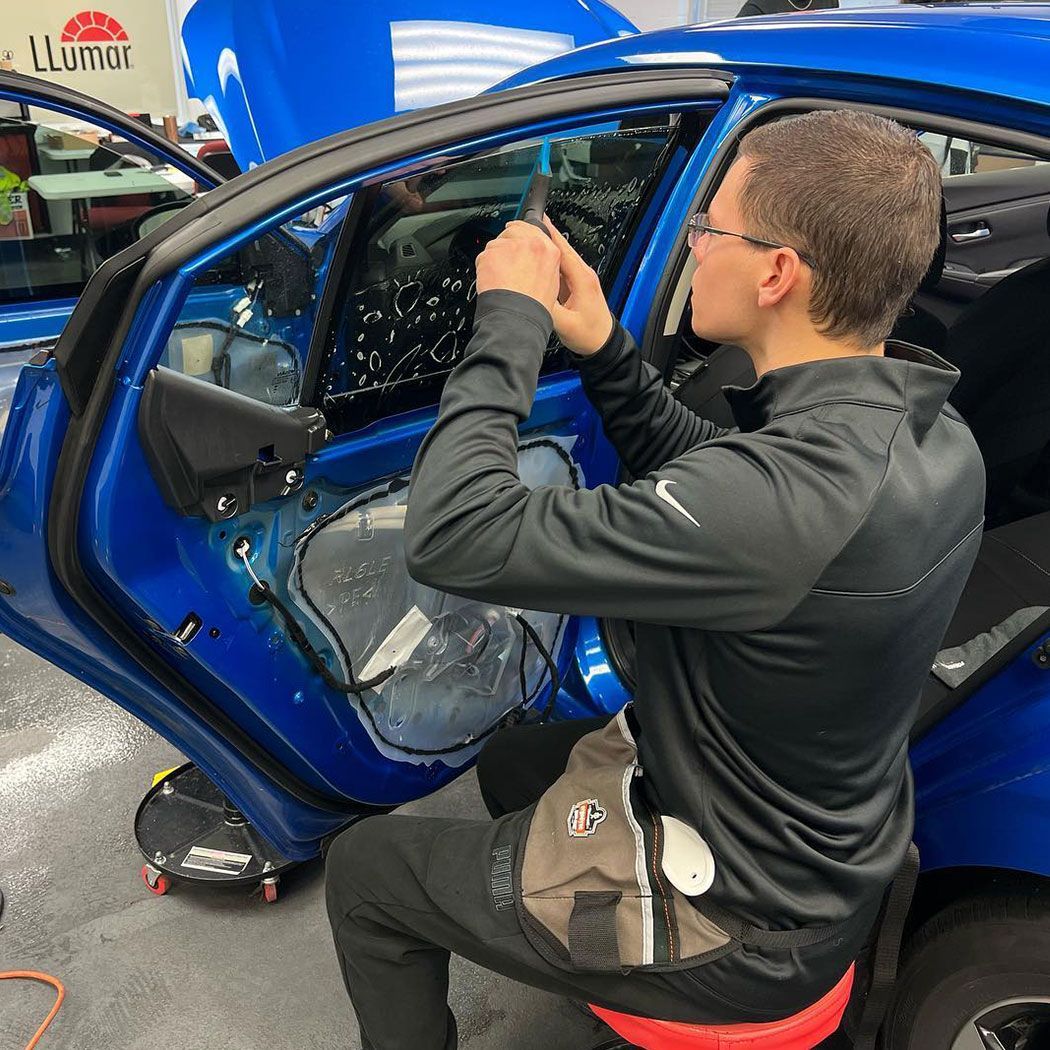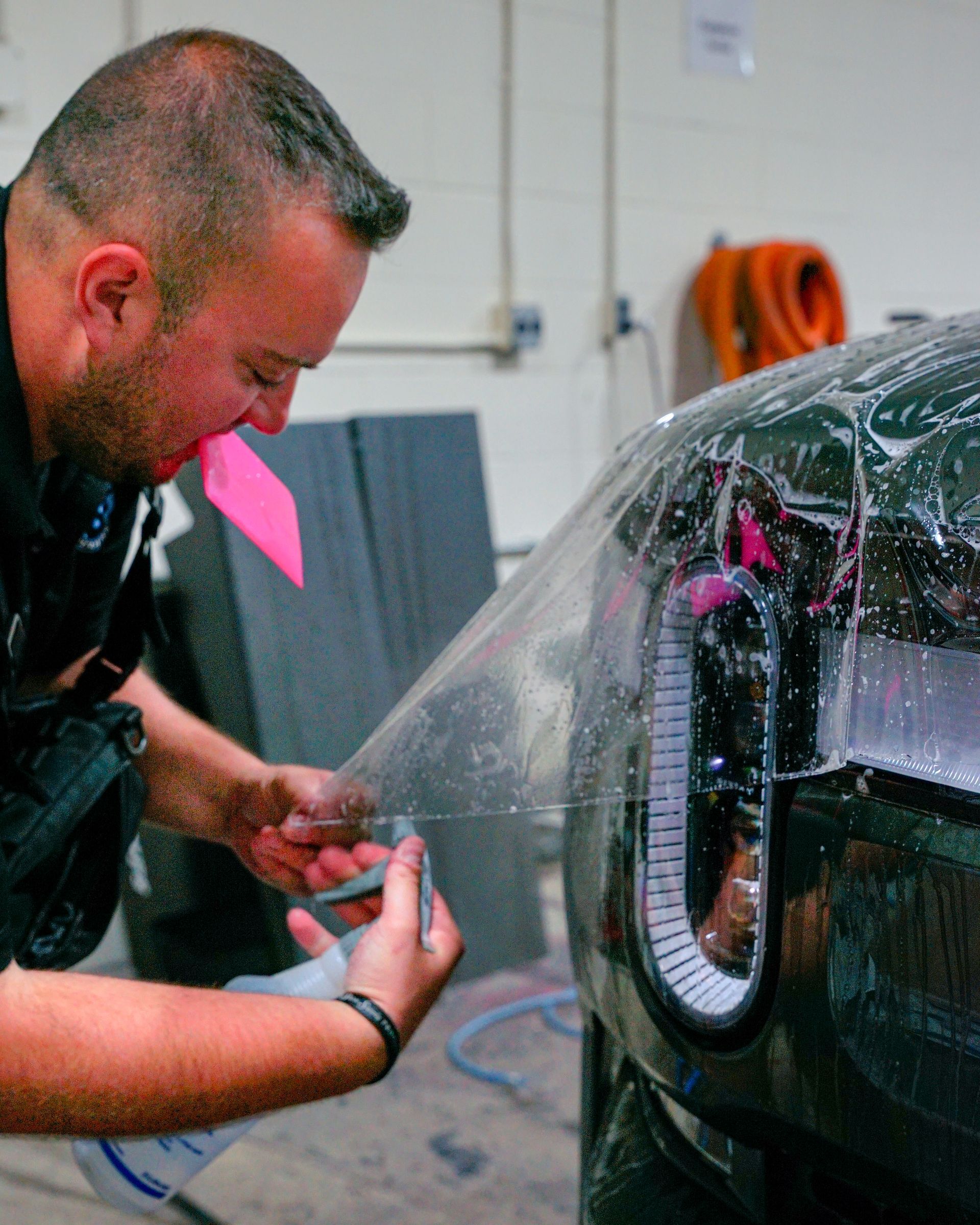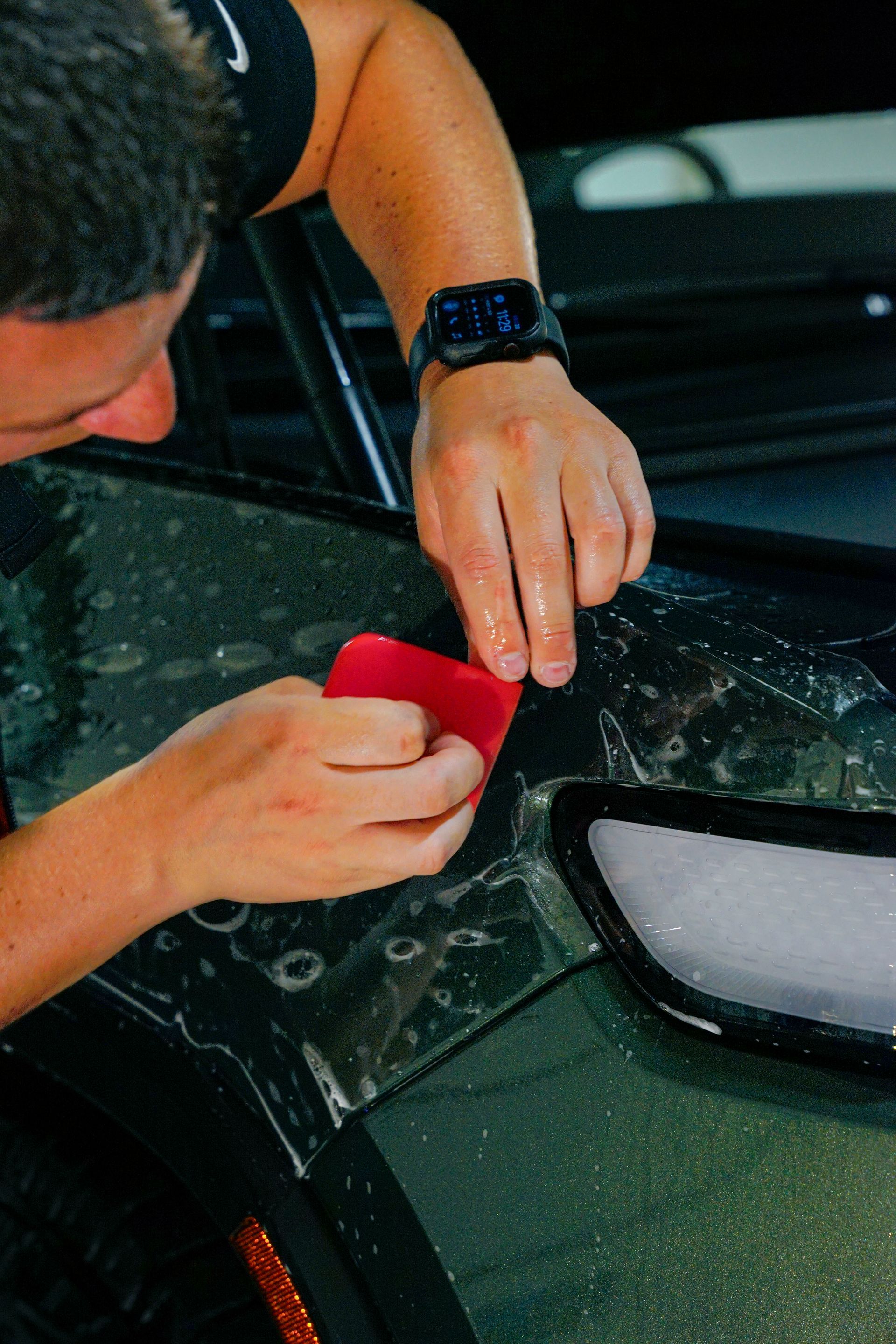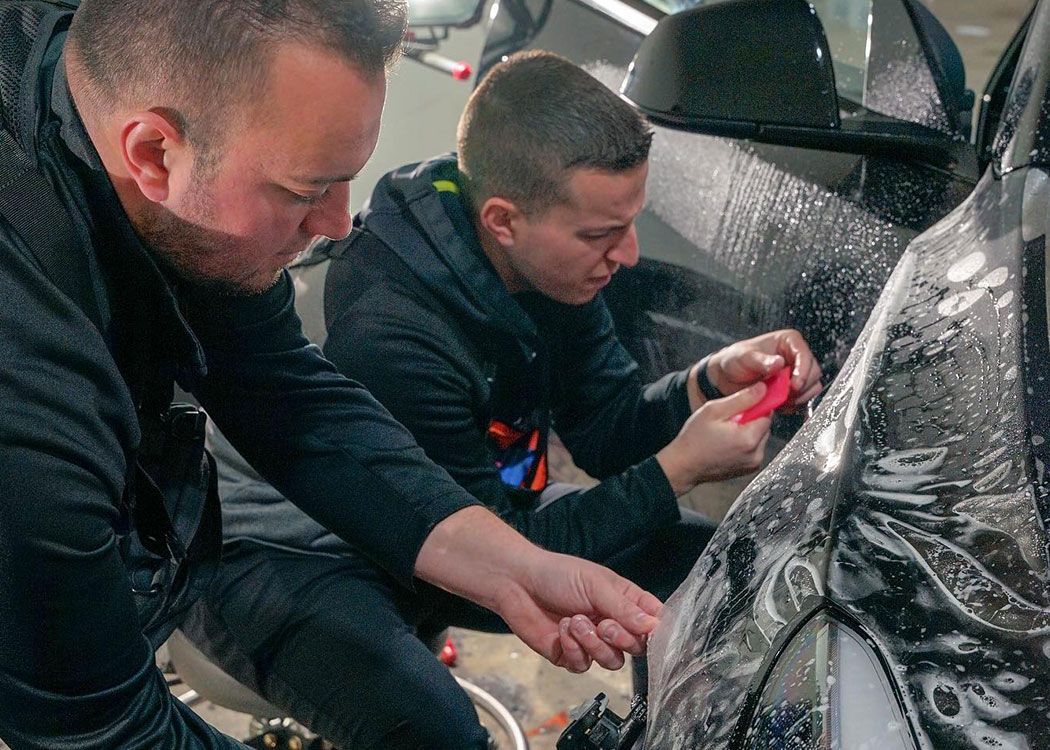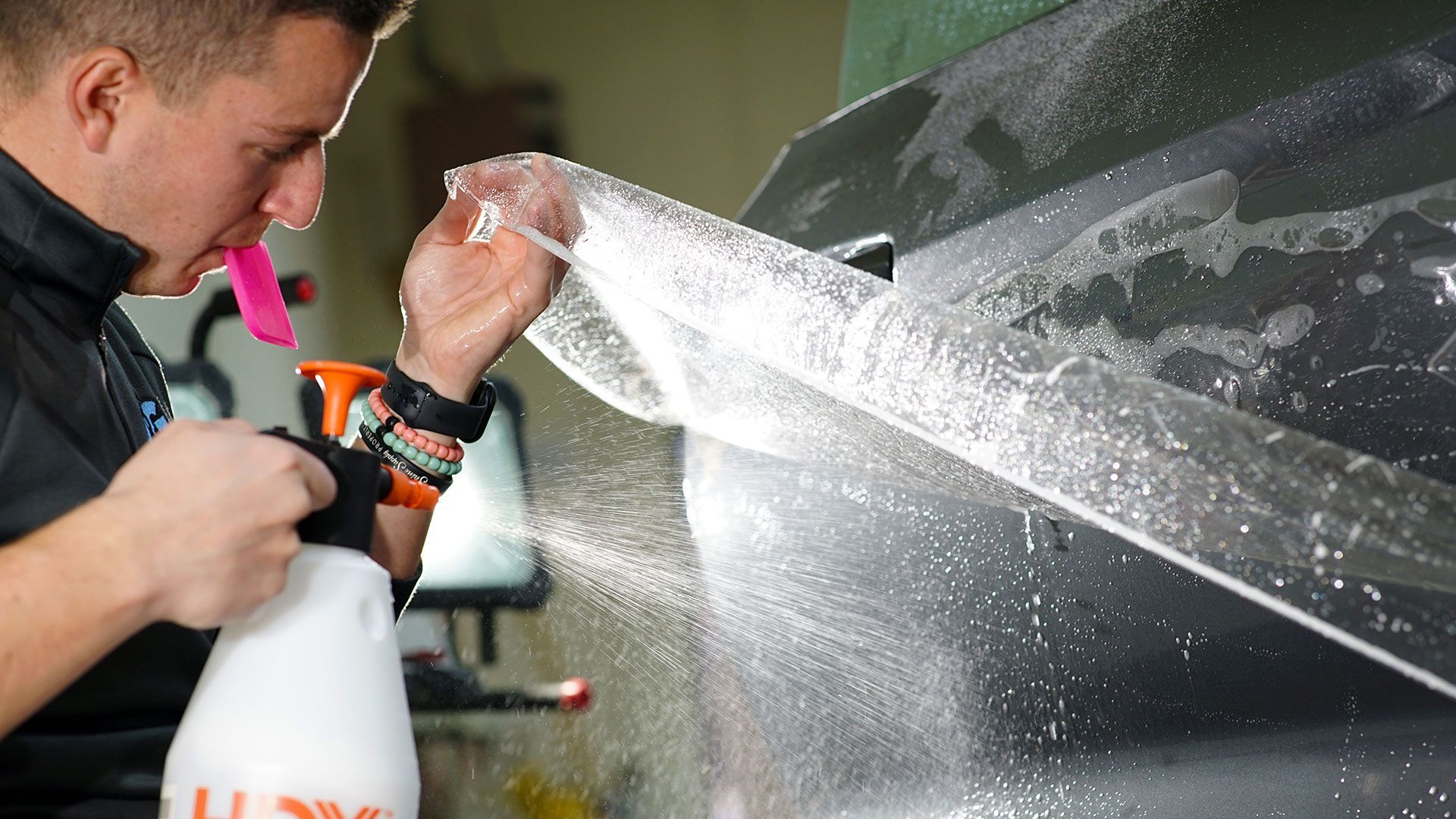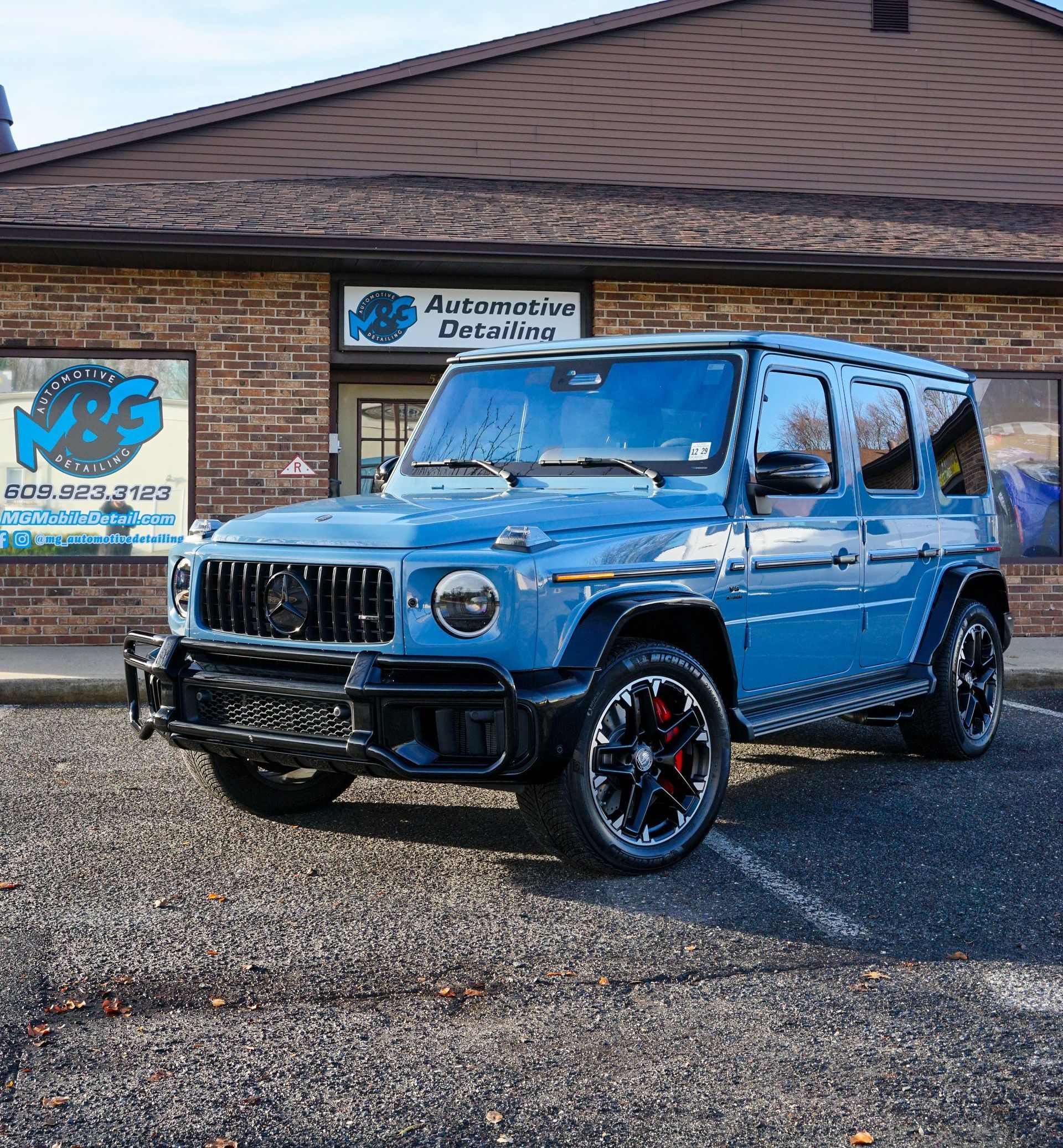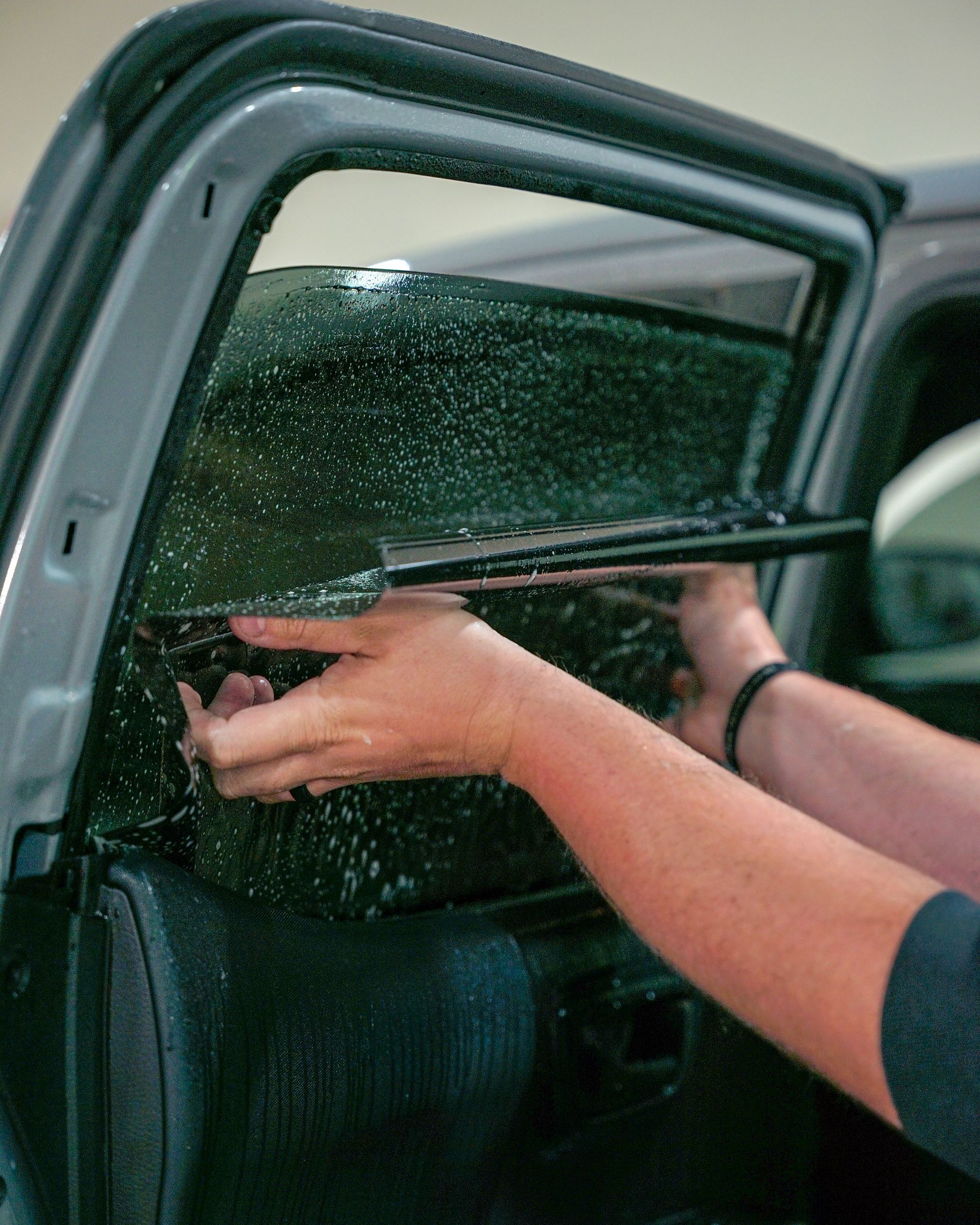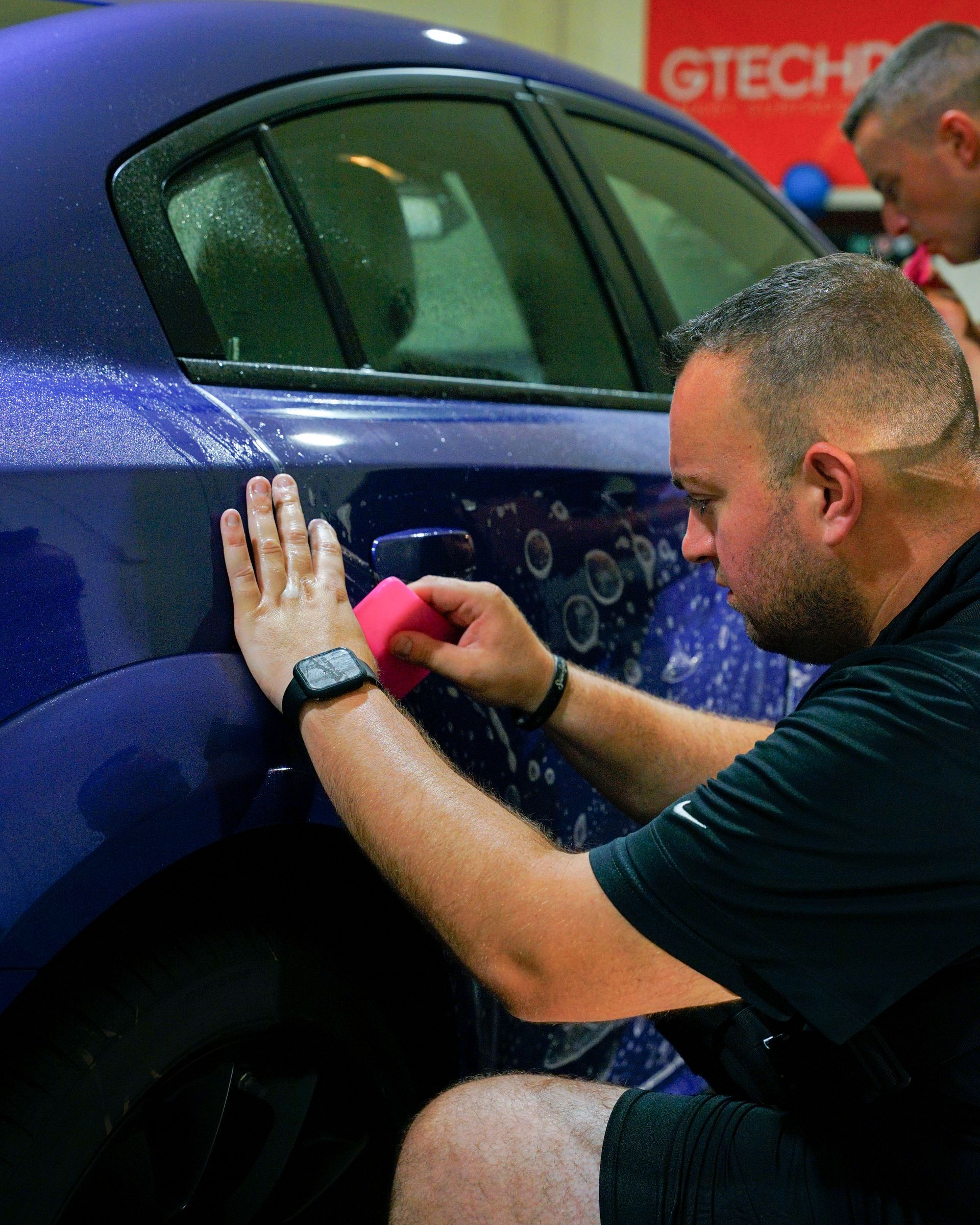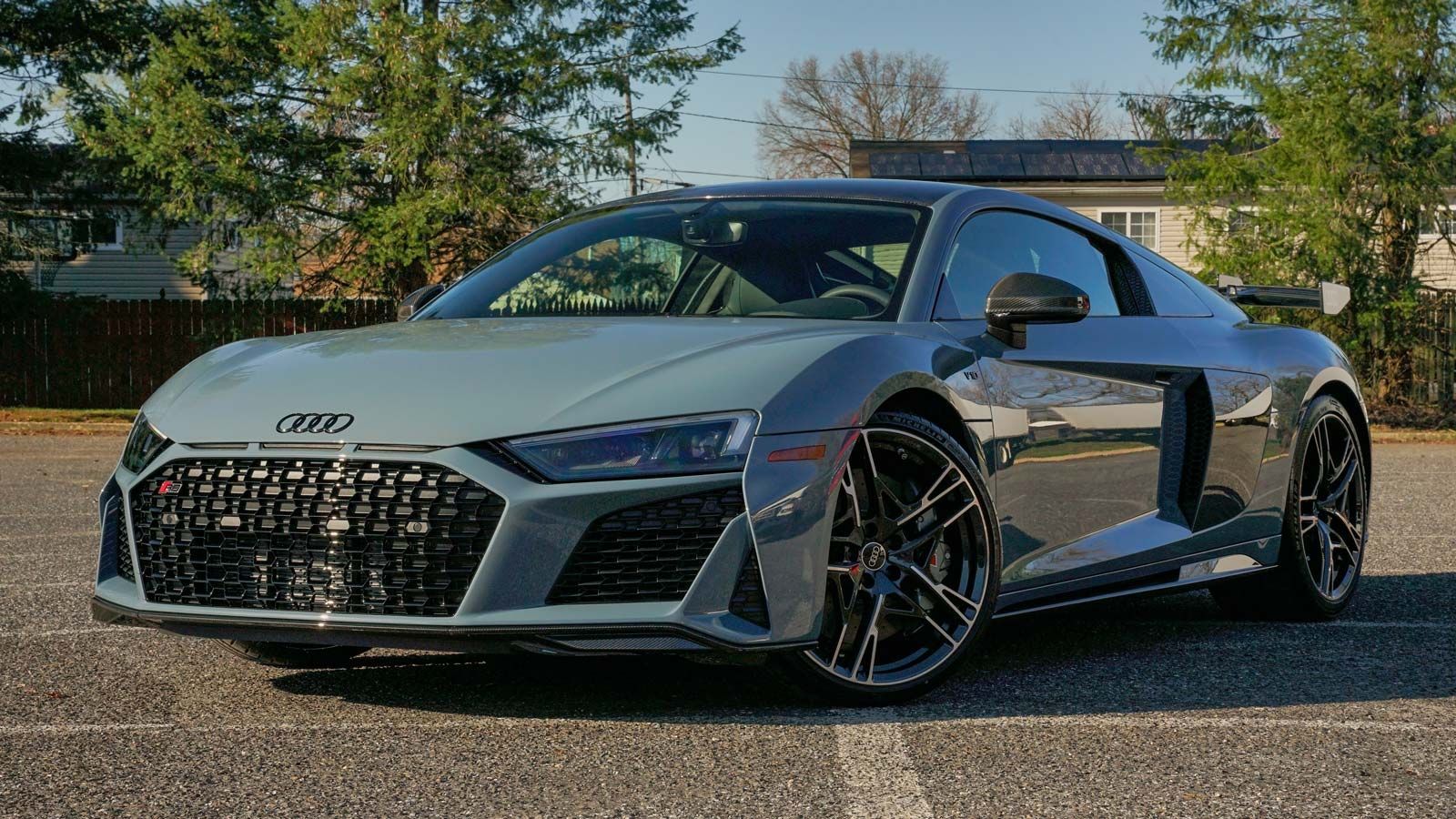How Long Does Paint Protection Film Last? A Complete Guide to Durability
Paint protection film, often abbreviated as PPF, typically endures between 5 and 10 years. This survival span depends on several factors, such as the quality of the film applied, intensive care, and exposure to the elements. While some premium brands ensure their PPFs with up to a decade-long warranty, lower-priced options may start showing signs of wear in just 1-2 years. Now let's delve into what affects this robust material's longevity.
Paint protection film can last anywhere from 5 to 10 years, depending on the quality of the material and proper maintenance. Some premium brands even offer warranties up to 10 years. Regular care and maintenance can extend the life of PPF.
Expected Longevity of Paint Protection Film
The lifespan of a paint protection film is influenced by several factors, including the quality of the material used, environmental conditions, and how well the film is maintained. A PPF made from premium materials like polyurethane can last for 10 years with proper care and maintenance, while lower-quality films may degrade in as little as 1–2 years. Some premium brands even offer warranties up to 10 years, which indicates their confidence in the durability and long-lasting protection provided by their products. These high-quality films are designed to withstand the rigors of daily driving, including exposure to UV rays, road debris, and environmental contaminants.
The advanced technology and innovative manufacturing processes used by these companies contribute to the exceptional lifespan of their paint protection film products. On the other hand, cheaper PPF materials may not offer the same level of longevity and protection. These lower-quality films are more susceptible to degradation from UV exposure, leading to discoloration, fading, and reduced effectiveness in safeguarding the vehicle's paint. Consequently, it's important for car owners to carefully consider the trade-offs associated with opting for budget-friendly PPF options, as they may need to be replaced much sooner than premium alternatives.
Imagine investing in a protective film for your car's paint but having to replace it every couple of years due to inferior quality. This not only adds unnecessary expense but also exposes your vehicle's exterior to potential damage during intervals when the film is no longer providing adequate protection. It's akin to choosing between a durable, high-quality umbrella that can withstand strong winds and heavy rain and a flimsy, low-cost alternative that easily flips inside out at the first sign of a storm. The initial investment in superior quality pays off in the long run through extended protection and reliability.
In essence, the expected longevity of paint protection film is intrinsically tied to the quality of the material used. Investing in a premium PPF from reputable brands not only ensures prolonged protection for your vehicle's paint but also minimizes the frequency of replacements and associated costs over time.
Factors That Affect Paint Protection Film Longevity
When you invest in paint protection film for your vehicle, you want to ensure that it provides long-lasting protection. Here are the key factors that influence the longevity of PPF:
- Material Quality: The quality of the paint protection film material is paramount in determining its lifespan. High-quality films are engineered to withstand environmental stressors such as UV radiation, moisture, and debris impact, maintaining their protective properties over an extended period. On the other hand, inferior materials may degrade quickly, compromising the protective barrier and necessitating premature replacement. It's important to prioritize superior material quality when considering PPF installation to ensure long-term efficacy.
- Maintenance: Proper care and maintenance play a crucial role in extending the life of paint protection film. Regular cleaning with mild automotive detergent and inspection for damages are essential for preventing premature deterioration and addressing minor issues before they worsen. By adhering to a consistent maintenance regimen, vehicle owners can effectively prolong the durability of PPF and maintain its protective integrity over time.
- Environmental Exposure: External factors such as UV radiation, climate conditions, and driving in harsh environments significantly impact the durability of the paint protection film. UV radiation can cause discoloration and degradation of the film over time, emphasizing the importance of selecting PPF with UV-resistant properties for maximum longevity. Similarly, exposure to varying climate conditions, such as extreme heat or cold, can subject the film to thermal stress, potentially affecting its performance. Driving in harsh environments characterized by gravel roads or high debris exposure can also accelerate wear and tear of the protective film, highlighting the need for proactive measures to minimize environmental impact on PPF longevity.
By understanding these critical factors that influence paint protection film longevity, you can make informed decisions regarding material selection, maintenance practices, and environmental considerations to maximize the durability and effectiveness of PPF for your vehicle.
Paint Protection Film and UV Exposure
When your car is out in the open, it's exposed to sunlight and its harmful UV rays. Just like how sunblock protects our skin from the sun, paint protection film is like sunscreen for your car. It protects your vehicle's paint from ultraviolet radiation damage. However, prolonged exposure to UV rays can impact the durability of PPF. UV rays have a sneaky way of damaging things—they can make certain materials weak or change their color over time. PPF isn't immune to this. The adhesive properties that keep a paint protection film securely on your car can weaken with prolonged exposure to UV rays, causing the film to lift or peel off. This is why it's crucial to select high-quality PPF that's engineered to resist yellowing and maintain its optical clarity despite UV exposure.
Premium-grade paint protection film products are designed with UV inhibitors to combat the degrading effects of sunlight. Regularly applying a UV protectant to the PPF can also help mitigate the effects of UV radiation. Adding an extra layer of ultraviolet protection not only safeguards the film but also ensures that your car maintains its sleek and glossy appearance for years to come. As we consider all these elements, it becomes clear how essential it is to protect your vehicle’s PPF from the harmful effects of UV radiation. With regular maintenance and additional safeguards, you can prolong the life and performance of your paint protection film, keeping your vehicle looking pristine despite exposure to challenging environmental conditions.
Impact of Regular Maintenance on Longevity
Imagine you've invested in the best paint protection film, carefully considering all the features and benefits it offers. Now, to ensure its promised lifespan, regular cleaning and maintenance are essential. Just like any other valuable possession, proper care will significantly impact its durability and effectiveness.
Regular cleaning isn’t just about keeping your paint protection film looking clean and shiny; it’s also about protecting it from environmental factors that can degrade its integrity over time. When you drive your car, it collects more than just memories—dirt, debris, and pollutants accumulate on the surface of the protective film. If left unattended, these contaminants can gradually wear down the film and compromise its protective properties. Using a mild automotive detergent and a soft microfiber cloth to wash the paint protection film regularly helps remove these impurities without causing damage to the film itself. This simple routine not only maintains the appearance of your vehicle but also contributes to preserving the protective capabilities of the PPF.
Beyond regular cleaning, applying a protective spray coating adds an extra layer of defense for your paint protection film. This coating acts as a shield against elements like UV radiation, environmental pollution, and minor abrasions, offering further protection to the PPF. By forming a durable, transparent barrier on top of the film, this protective coating adds an additional level of security against potential damage. It’s like giving your paint protection film an invisible suit of armor that enhances its ability to withstand everyday wear and tear. Think of it like polishing your shoes; while a good shine will make them look great, it also provides an extra layer of protection against scuffs and scratches. In this way, the protective spray coating ensures that your paint protection film is well-equipped to endure daily challenges.
Effects of Environmental Conditions on Durability
Considering the lifespan of paint protection film, it's crucial to examine the impact of environmental conditions. The climate to which a vehicle is mostly exposed can significantly affect the longevity and performance of PPF. If you reside in an area with extreme temperatures, high humidity, or exposure to salty air and industrial pollutants, these factors can influence how well the film endures over time. Extreme temperatures can cause expansion and contraction, while high humidity can foster mold and mildew. Exposure to industrial pollutants can lead to discoloration and degradation of the film. Moreover, UV rays from the sun can break down the adhesive used to attach the film to the vehicle’s surface, leading to premature failure.
Driving Conditions
It's not just the climate that affects PPF durability; driving conditions also play a crucial role. Vehicles regularly subjected to gravel roads, construction zones, or areas with loose debris are at higher risk of PPF damage. Frequent exposure to road contaminants like gravel, debris, and potentially corrosive substances can wear down a paint protection film more rapidly, compromising its protective capabilities. To minimize potential damage from driving conditions, it's important for drivers to maintain safe distances from construction and industrial zones. Tailgating should be avoided, as it increases the likelihood of debris impacting the vehicle's exterior.
In addition, taking proactive steps, such as washing the vehicle more frequently in these conditions, can help remove abrasive particles that might compromise the integrity of the PPF. For instance, think about what happens when you're driving behind a construction truck - rocks and gravel can easily hit your car's front end at high speeds. This kind of situation poses a direct threat to the durability of your paint protection film. It's like putting your vehicle through a rigorous obstacle course every day. By understanding how these elements can affect PPF durability, it becomes possible to take the necessary precautions to protect your investment and ensure that your vehicle receives the maximum benefit from its protective film.
When Should You Replace Paint Protection Film?
Paint protection film acts as an invisible superhero, safeguarding your car's paint job from harm, but even superheroes need a break sometimes. Over time, the PPF might begin to exhibit wear and tear. Replacing it isn't just about keeping your car pretty; it's about keeping it safe. Let's explore when you should consider replacing your PPF.
Signs of Wear and Tear
When dealing with paint protection film, it's essential to recognize the signs of deterioration such as discoloration, bubbling, loss of adhesion, or lifting edges, indicating that the protective capabilities of the film may have been compromised. Once these signs surface, it's time to ponder a replacement. Imagine your PPF as a sturdy shield. If this shield starts cracking or losing its hold, it might not be able to protect your car as effectively as it should.
Impact Damage
Another crucial reason to replace your vehicle’s paint protection film is if it sustains significant impact damage. Deep scratches, cuts, or dents caused by road debris or other sources signal that it's possibly time for a new film. Picture your favorite character in a movie with a giant rip in their protective suit - they wouldn't be very well protected anymore! In the same way, significant impact damage weakens the overall protective ability of the PPF.
Peeling or Lifting Edges
Let's say you've noticed the film peeling off at the edges. This isn't just an aesthetic issue; it also compromises the overall protection provided. When dirt and moisture infiltrate under the lifted areas, they can cause damage to the underlying paint. It's akin to finding a loose corner in a sticker: over time, more and more of that sticker will come off, leaving behind sticky residue and ruining its original purpose.
By identifying these warning signs early on and addressing them promptly, you're safeguarding not just the appearance but also the structural integrity of your car's paint. After all, nobody wants to see their beloved paint job suffer because of worn-out protection. If you see these signs, it might be time to call a paint protection film expert!
Premium-Quality Paint Protection Film Services in Voorhees, NJ
Experience unparalleled protection for your car with M&G Automotive Detailing, the best place in Voorhees, NJ, to get
paint protection film services of the highest caliber. Our knowledgeable staff is committed to carefully and precisely maintaining the flawless shine of your car, protecting it from dings, scrapes, and environmental deterioration. Your investment is protected for the long term thanks to our cutting-edge installation methods and premium materials. When it comes to safeguarding your car, don't accept anything less than the finest. Select M&G Automotive Detailing to receive excellent paint protection film services and guarantee that your vehicle will remain immaculate for many miles. Call us at
(609) 923-3123 to get started!
